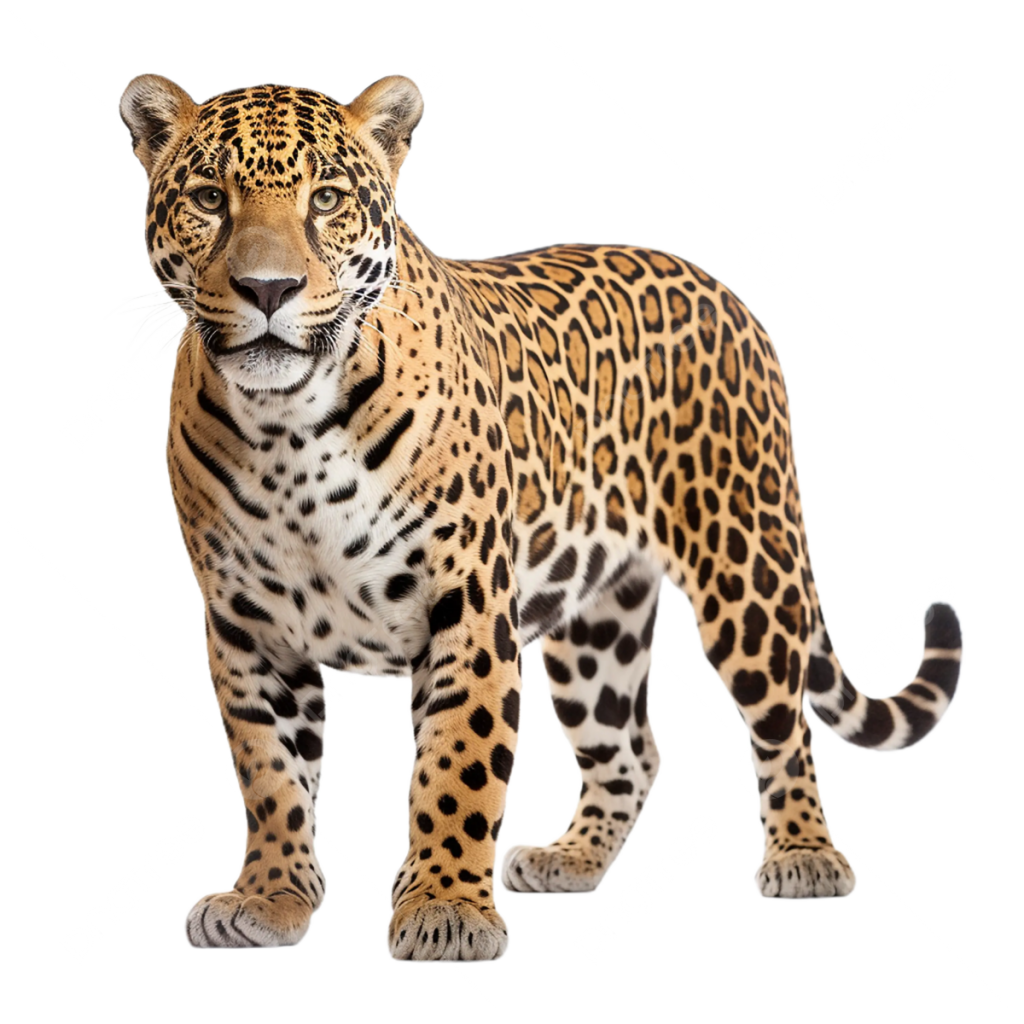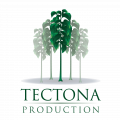Identification of High Conservation Values
We need to know exactly what our plantations contain and where are they located. This implies determining if the project, or a part of it, houses High Conservation Values, for this, it is crucial to evaluate the forest, which requires consulting local people and experts as an integral part of this process.
Once identified and indicator of this in a project the form must be filled (see Illustration 4) to solicit the recognition of the new HCV, and that area must be declared and managed as a High Conservation Values Area (HCVA).
Based on the types of HCV previously mentioned, in our projects until the moment it is possible to identify the HCV 1, since it is fulfilled with at least one of the criteria proposed below:
HCV 1. Species diversity
Biological diversity conservations, including endemic species, rare, threatened, or endangered, are significant at the global, regional, or national level.
Criteria for its identification
HCV 1.1: Identifying existing protected areas and their category.
Important populations that represent a substantial proportion of the regional, national, and worldwide population, and that are necessary for maintaining viable populations whether it’s during the entire year or, seasonally, including migratory corridors, reproduction, breeding, roosting, or hibernation sites, perturbation refugees.
HCV 1.2: Identifying existing processes for designating proprietary sites for rare, threatened, or endangered species.

Presence of one or more individuals on the list of “Panama’s endangered species of flora and fauna” included as threatened (categories VU, EN, and CR), on the IUCN Red List and in the CITES appendix lists. And if any of the species distribution range maps of the IUCN Red List overlap with a project.
HCV 1.3 Identifying existing processes for designating proprietary sites for endemic species.
• Populations of several endemic species or RAP.
